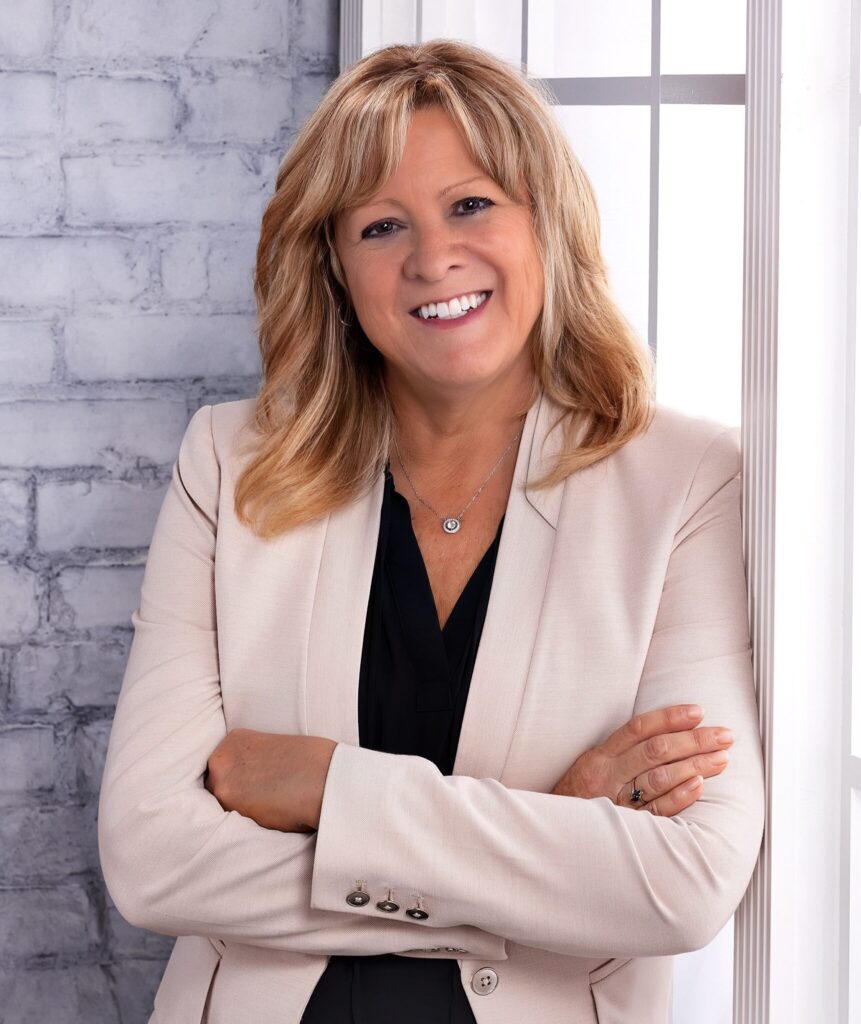
Broadcasting Bigness Raises Big Questions
Perry Sook has had a vision. He knows what the broadcasting business will look like after a few more rounds of station consolidation — “rolling M&A thunder,” he calls it.
At the top will be the four broadcast networks and their strings of owned and operated stations mostly in the major markets — the same as today, the Nexstar Broadcasting CEO told securities analysts this week after peering deeply into his crystal ball. But right below them will be a half dozen mega-groups holding most of the other stations worth owning, each with a reach of more than 20% of TV homes and up to $3 billion in annual revenue.
Of course, Sook sees Nexstar, which has been an active buyer of late, among the six. And Sinclair is in there, too. Nobody has been more aggressive in bidding for stations lately than David Smith’s acquisitive Baltimore operation. Smith seems to know something about the value of TV stations and their spectrum that nobody else does.
Sook may be right. Hey, he got the whole retrans thing right, didn’t he?
The industry is consolidating at what appears to be an accelerating pace. Looking at last year’s TVNewsCheck-BIA/Kelsey Top 30 Station Group list, I see that two of the groups are gone (Newport and Fisher) and two others soon will be (Local TV LLC and Allbritton). By this time next year, I expect several more to be missing.
Consolidation is the nature of business. Scale is a powerful economic force. As industries mature, the number of players invariably and naturally shrinks, even as the market grows. At one time, there were dozens of car manufacturers in the U.S.
In broadcasting, the hot station trading market is being fueled by sharply rising retrans revenue, cheap money and a permissive government. Right now, the FCC ownership rules have never been more liberal.
For all practical purposes, there is no national cap. Because the FCC never updated its rules following the digital transition when most stations flipped from the VHF to UHF band, a single broadcaster can now own Big Four affiliates reaching up to 78% of the TV homes. That’s 203 stations, one in every market from Boston to Glendive, Mont. Or, if it starts in New York, it could own 73 stations, one in every market down to Spokane, Wash.
The FCC’s local ownership policies have also loosened up, allowing groups to double up or even triple up with stations in single markets through direct ownership in some cases and through contractual arrangements — SSAs and JSAs — that stop just short of ownership in others.
Outgoing FCC Chairman Julius Genachowski made a run at banning the SSAs and JSAs, but couldn’t bring the proceeding home. I can’t predict what Tom Wheeler will do when he succeeds Genachowski later this year, but I can’t believe broadcast ownership would be high on his agenda.
So, would consolidation to the degree Sook envisions be good thing?
John Hane, one of the more thoughtful communications attorneys in Washington, makes a good case for it. In a column he wrote for us last month, he argues that government should not interfere with the national workings of the marketplace and its tendency toward fewer, bigger companies.
“If independent (non-O&O) broadcasters aren’t permitted to achieve a scale large enough to negotiate effectively with upstream programmers and downstream distributors you won’t long see high-cost, high-quality, high-value programming available for free to those who choose to opt out of the pay TV ecosystem,” Hane writes.
“It’s much better to have two, three or four strong competitors in each market, owned by companies that can compete for rational economics in the upstream and downstream markets, than to have eight or more weak competitors, few of which can afford to invest in truly local service or negotiate at arms-length with suppliers and distributors.”
Hane is on the mark. The second-tier station groups need bulk to deal effectively with the networks and cable and satellite operators and, perhaps, in the not-so-distant future, online and mobile distributors.
But a world where a handful of groups control most of the full-service TV stations would not be good news for program syndicators and technology vendors. The bigger groups already have considerable leverage in the negotiations and it grows with every station they add.
And what about station groups that choose to stay small, and standalone stations? How do they compete against multiple stations in their markets belonging to mega-groups with their cost advantages, lucrative retrans deals and first dibs on the best syndicated programming?
For Washington, the concern is how consolidation impacts viewers. You would hope that bigger, stronger companies lead to better news, better public affairs and better entertainment. But those benefits do not necessarily follow. Consolidation surely hasn’t yielded much good in radio.
To a large degree, whether consolidation is good for the public will depend on who is doing the consolidating. Nexstar and Sinclair don’t have the best reputations for news, but as they get bigger and move into bigger markets they will have chance to improve their product, to grow up. Let’s hope they do.
Who will be the other consolidators, the other mega-groups? Hearst? Tribune? Belo? Raycom? Cox? LIN? Scripps? Media General? Gray? Meredith?
We will soon get some idea. Allbritton put its seven ABC affiliates on the block two weeks ago, and among them is WJLA Washington, a strong news station in a top 10 market that also happens to be the nation’s capital. Such properties don’t come along often.
This offering will smoke out the real broadcasters, those who are not just playing out the string or looking to sell, but who believe in the upside of broadcasting and want to be a part of it — who want to be one of the Sook six.
Harry A. Jessell is editor of TVNewsCheck. He can be contacted at 973-701-1067 or [email protected]. You can read earlier columns here.
























Comments (3)
Ellen Samrock says:
May 10, 2013 at 6:20 pm
One reason consolidation hasn’t worked for radio is that many of these companies owe too darn much. The venture capital firm that bought Clear Channel is in deep to the tune of nearly 16 billion dollars. And as venture capital firms do when they are struggling to service the debt, they cut back–usually on personnel. Fortunately for them, most people don’t rely on radio for news and they can get away with voice tracking and syndicating nearly all their programming. But the public does rely on TV for news and information and, as such, live and local news can be a real moneymaker for station group owners. And, thankfully, companies like Sinclair don’t have anywhere near the debt of Clear Channel. I have not heard of any layoffs occurring on massive scale on newly acquired properties (again, unlike Clear Channel). The other advantage of major TV groups buying up stations is that there is less of a likelihood that these stations will be put on the block come incentive auction time. The fewer the stations available for sale, the less money there is and the less chance a forward auction can proceed. I know Sinclair is committed to operating all of their TV stations and staying in the business. I’m sure most of the other station groups feel similarly. So I think, unlike radio, TV station consolidation can be a good thing for the industry as a whole.
Peter Grewar says:
May 10, 2013 at 8:02 pm
The problem is that consolidation feeds on itself. As the big players get bigger, everyone else needs to bulk up to compete until we end up with three big companies controlling the entire market. We’ve certainly seen it enough other industries in recent years.
Andrea Rader says:
May 11, 2013 at 12:16 am
The other thing about consolidation is, it tends to be self-correcting over time. Clear Channel has cut its debt in part by selling off stations in smaller markets, bringing new voices to the marketplace. The same is true in other industries. Larger companies can be slow to innovate, creating opportunities for smaller, more nimble players. The bigger they are, the harder they fall.